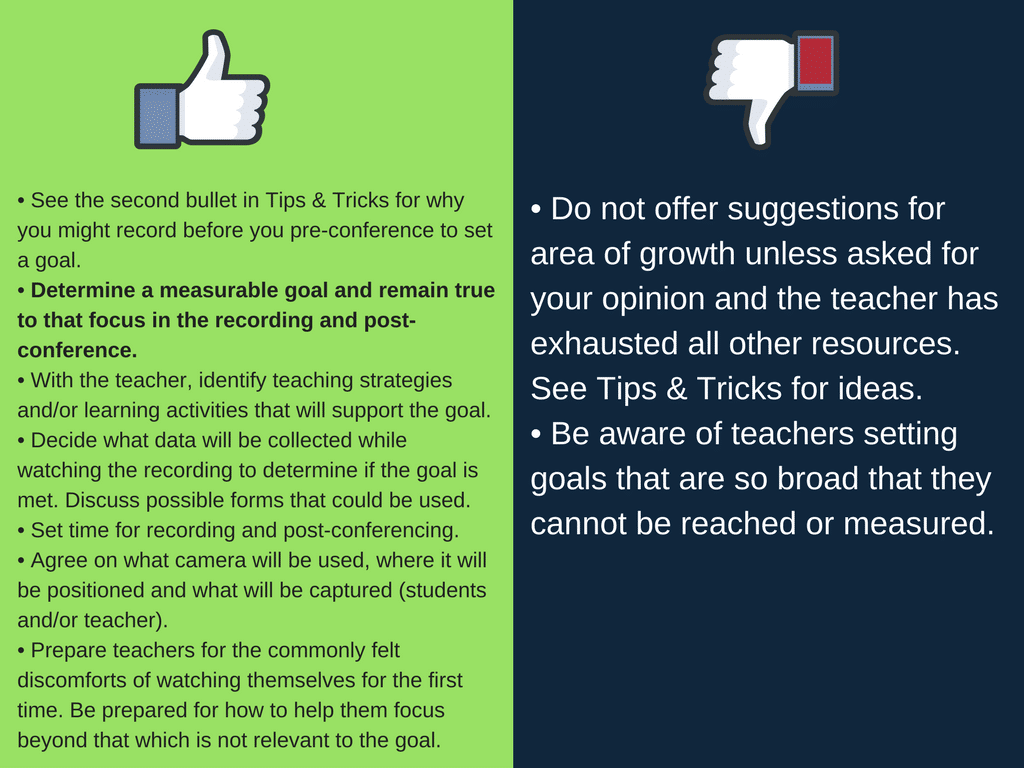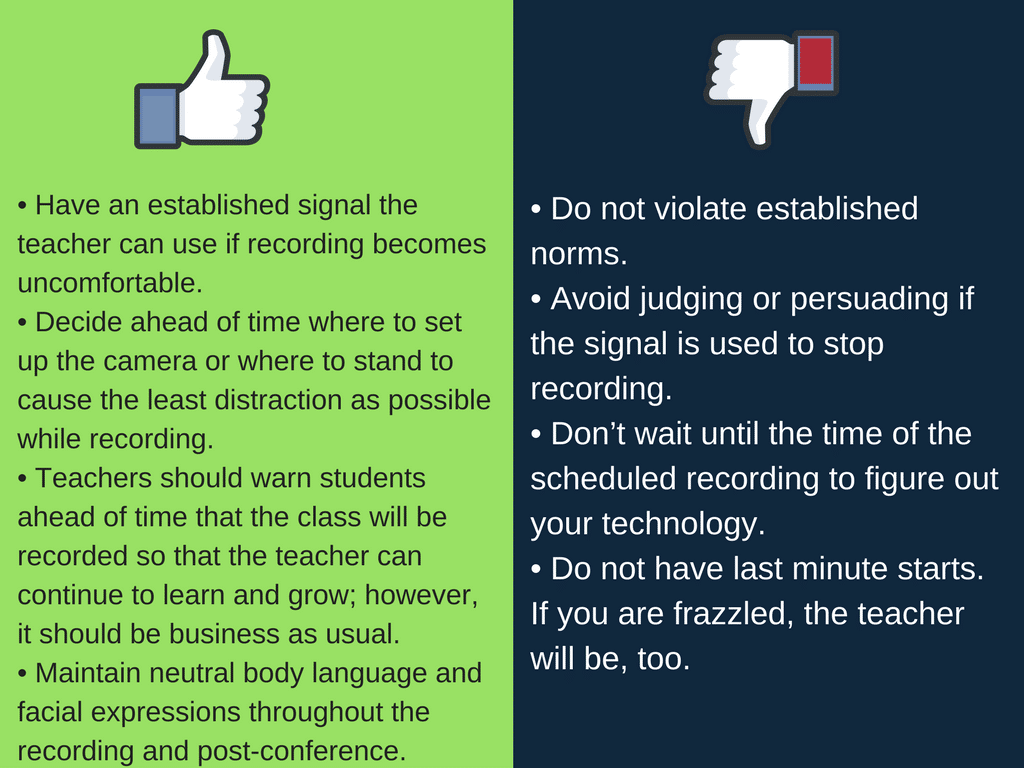
Katy Independent School District
Secondary Curriculum & Instruction
Instructional Coaches Katy Independent School District have spent a little over a year honing their skills with video. Over that time, they have compiled a few Tips and Tricks for Instructional Coaches that have helped them successfully implement Video-Enhanced Coaching and Collaboration on their secondary campuses. Jackie Zimmerman shared this advice, which we think will be helpful to you as you find new ways to use Sibme to improve teaching and learning.
Instructional Coaching with Video
“Coach and teacher set a goal based on the picture of reality revealed in video of the class. They monitor progress toward the goal by recording and watching video of teaching and learning, adapt their strategies for hitting the goal based on what the video reveals, and then continue learning together until they hit the goal.” –Jim Knight,Focus on Teaching: Using Video for High-Impact Instruction
Katy ISD’s Rationale for Instructional Coaching with Video
Videotaping has been proven to be an effective method to improve teacher practice. Using teacher videos for reflective purposes has been shown to positively impact instruction and ultimately, student achievement.
Do’s and Don’ts
Enrolling Teachers

Pre-Conferences

Recording

Post-Conferences

Tips and Tricks
Before you sell the idea of recording to your teachers…
- Think about how many teachers you can support. For each teacher there will be pre-conferencing, recording, viewing a video, planning a post-conference, and post-conferencing on an ongoing basis. You may want to start small, and then branch out to others.
- Consider staggering your recording cycles with your teachers so that you do not go home with five 45-minute lessons to watch in one night.
- Determine ahead of time what materials you will need (iPad, Smart Phone, tripod, Sibme account, etc.)
To help teachers see the recording cycle as professional learning…
- Leaders should go first! Model the practice of growing by video reflection. According to Jim Knight, “If instructional coaches want others to take the brave step of watching themselves on video, they need to walk the talk by watching themselves on video, too.” Knight suggests that instructional coaches and administrators record themselves presenting and/or leading.
- Check with your principal to see if PD credit for recording and conferencing is possible. Establish clear criteria for PD credit before selling this idea to your teachers:
- What do teachers have to do to earn the credit? Pre-conferencing for __ minutes, recording for __ minutes, and post-conferencing for __ minutes constitutes ___ hours of PD credit.
When teachers are hesitant to learn through recording…
- Ask…
- What is your biggest fear? What is the WORST case scenario?
- What are the benefits? What is the BEST case scenario?
- Which outweighs the other?
- If teachers choose not to learn through video…
- Jim Knight suggests that when teachers choose not to record the reason is likely a lack of trust. See Knight’s Chapter 2 of Focus on Teaching for ways to increase the level of trust with your teachers.
- Be sure to ask how else you can support their professional learning and growth.
When teachers cannot decide on a focus…
- Possibly record teachers and allow them to observe with an open mind before the pre-conference. Jim Knight says, “Perhaps the major reason video is so useful for learning is that it helps us see exactly what it looks like when we teach or our students learn. This is important because professionals often do not have a clear picture of what it looks like when they do their work.”
- Teachers could meet with their evaluators to discuss a focus. However, if teachers do not agree with their evaluators, they may not feel ownership of goals based on those evaluations.
- Teachers could select a best-practice or new strategy to implement and refine. If this will be something new that they are trying, be sure to establish a clear before and after image when setting goals.
When teachers are terrified of being recorded…
- Suggest that teachers record themselves in private doing something other than teaching, such as saying the alphabet, reading an article, talking to their children, making dinner, etc. to desensitize themselves. As silly as this sounds, it helps!
- Reassure your teachers that it is normal to be nervous. Comfort and ease increases the more they record and reflect.
- Reassure them that the video is THEIR property. It can be stopped and deleted at their choosing.
To get the most out of your pre- and post-conferences…
- Plan your conversations around the needs of each individual client.
- There are great suggestions in Elena Aguilar’s The Art of Coaching, pp. 232-245, to help you before, during and after your coaching conversations. Aguilar offers note-taking tips to help track coaching conversations as well ways to steer the conversation when teachers’ body language and/or word choice suggests they are experiencing distress.

